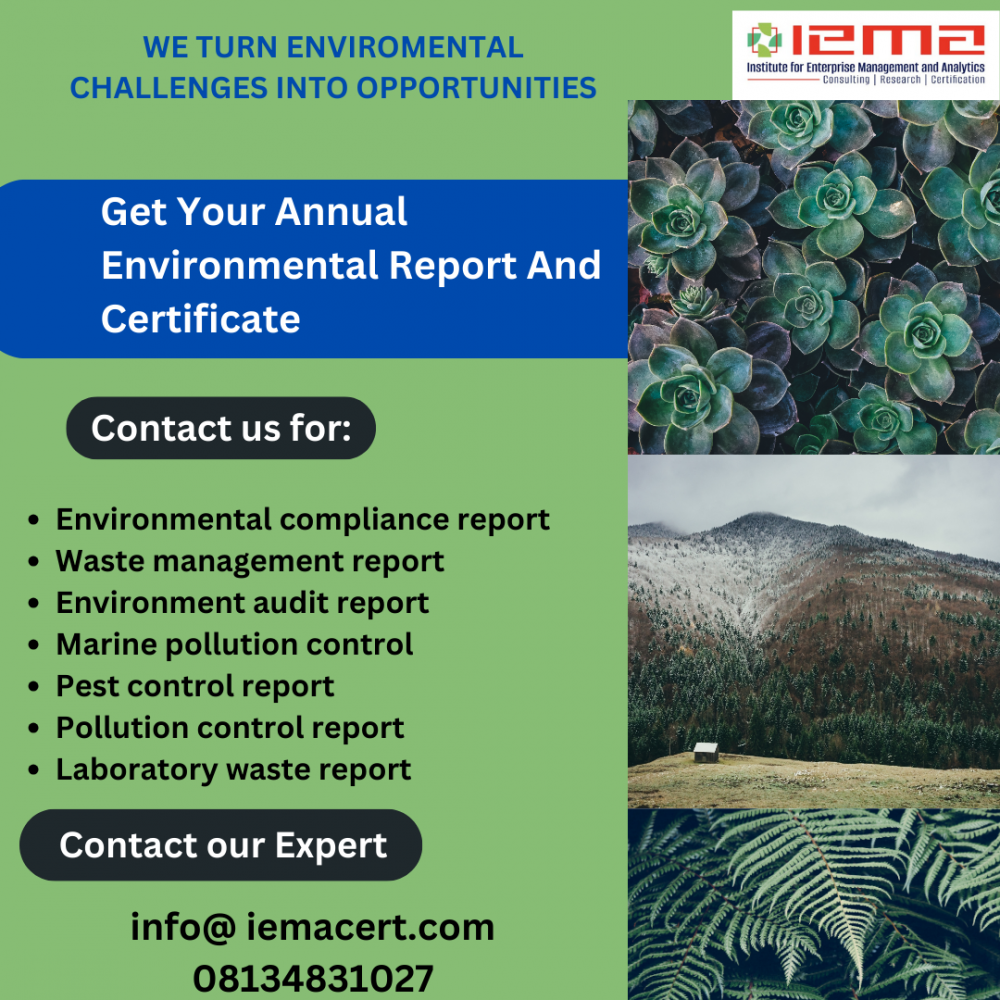Here’s a list of the top environmental trends businesses should watch in 2024. Each of these trends has the potential to impact operations, supply chains, and regulatory compliance, making it essential for businesses to stay informed an
1. Net-Zero Goals and Carbon Management
As more businesses commit to reaching net-zero emissions, carbon management practices will become mainstream. In 2024, companies will see a surge in innovative carbon capture, offset, and reduction technologies, as well as an increased push for transparency in emissions reporting.
2. Circular Economy Models
– Emphasizing resource efficiency and waste reduction, the circular economy is gaining traction across industries. Businesses are rethinking their product life cycles, from sourcing sustainable materials to designing for longevity and recyclability, to reduce waste and create closed-loop systems.
3. Biodiversity Restoration Initiatives
– Protecting biodiversity is becoming a priority as ecosystems face unprecedented threats. Many companies are integrating biodiversity considerations into their operations and supply chains by supporting conservation efforts, restoring natural habitats, and committing to “nature-positive” business practices.
4. Renewable Energy Adoption and Decentralized Energy Solutions
– The shift toward renewable energy is accelerating, with businesses investing in solar, wind, and hydro to power their operations. In addition, decentralized energy solutions, like microgrids and on-site renewable installations, are allowing businesses to reduce costs and build resilience against grid disruptions.
5. Water Stewardship and Conservation
– Water scarcity and quality issues are driving businesses to adopt comprehensive water stewardship strategies. Companies are focusing on reducing water usage, recycling wastewater, and assessing water risks within their supply chains to ensure sustainability in regions facing water stress.
6. Sustainable Supply Chains
– Consumers and investors increasingly demand sustainability from start to finish. Companies are implementing supply chain audits, increasing traceability, and partnering with suppliers who meet environmental standards to ensure products are ethically and sustainably sourced.
7. Green Building Standards and Energy-Efficient Workspaces
– Green building certifications (like LEED and BREEAM) and energy-efficient design are becoming standard expectations for new construction. Businesses are also retrofitting existing buildings to reduce energy consumption, enhance indoor air quality, and create healthier, more productive workplaces.
8. Increased ESG Reporting and Transparency
– Environmental, Social, and Governance (ESG) reporting is no longer optional as regulatory bodies demand more transparency. Businesses will need to enhance their data collection, report on ESG metrics more frequently, and ensure their claims align with evolving standards to avoid greenwashing accusations.
9. Electric Vehicles (EV) and Fleet Electrification
– With the rapid advancement of electric vehicle technology, many businesses are beginning to electrify their fleets to meet emission reduction targets. EV infrastructure development and government incentives are making fleet electrification more accessible and cost-effective for companies.
10. Climate Risk Management and Resilience Building
– The impact of climate change on business continuity is clear, with extreme weather events affecting supply chains and operations. Companies are prioritizing risk management strategies, investing in climate resilience, and building adaptive business models to prepare for and mitigate these risks.
Each of these trends represents both a challenge and an opportunity for businesses in 2024, providing avenues for innovation, sustainability, and competitive advantage. Staying on top of these trends can help companies navigate a rapidly changing landscape and position themselves as leaders in environmental stewardship.





Leave a Reply